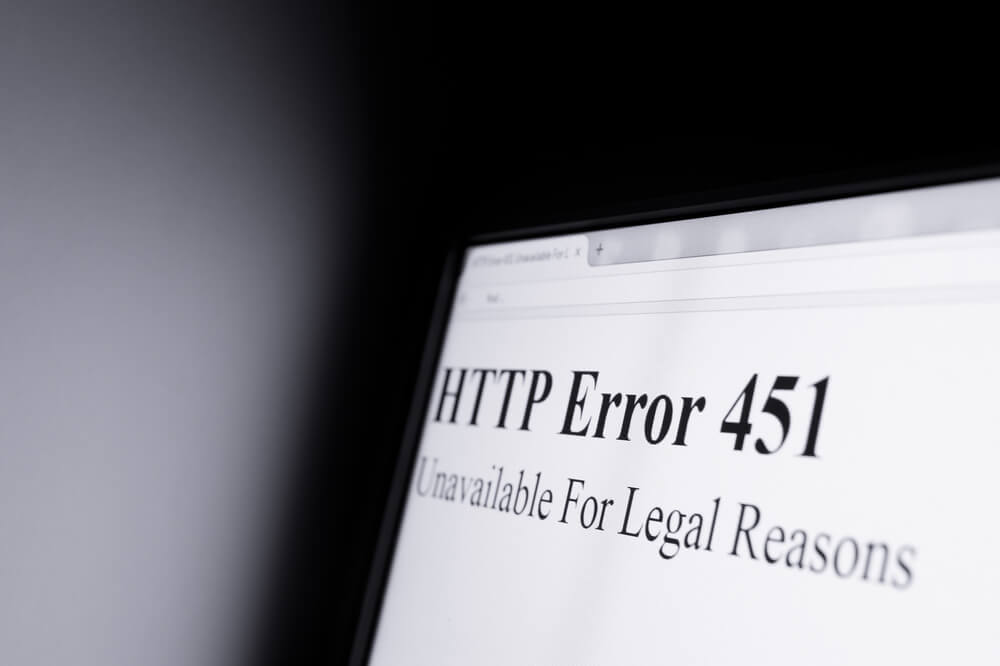How to Find an IP Block Owner with IP Netblocks WHOIS Database
An IP netblock can be a critical piece of information for the companies that engage in online activities. Whether it’s for competitor research or to prevent IP address hijacking, IP netblock data allows technology professionals to deduce who owns a group of IP addresses to pursue their objectives and take relevant action from there.
That said, the ability to quickly derive this information could sometimes spell the difference between success and a missed opportunity, or mitigating or not a cybersecurity threat before it can affect one’s systems and networks.











































